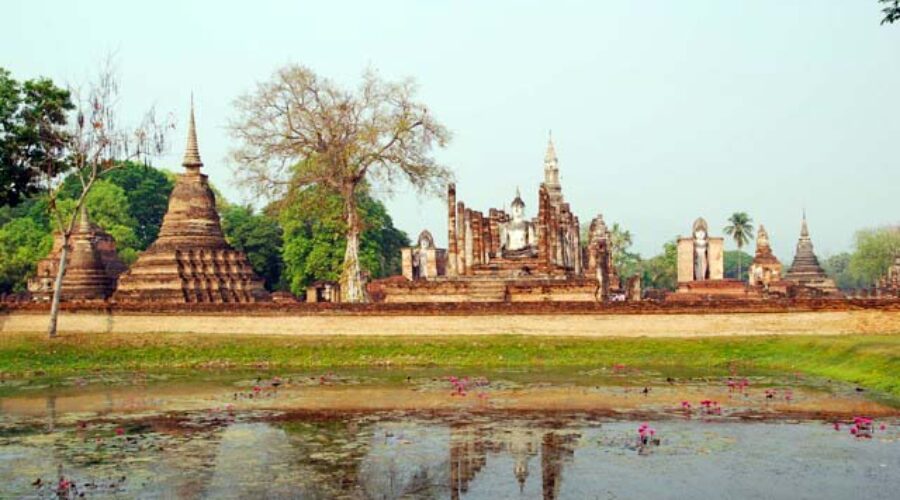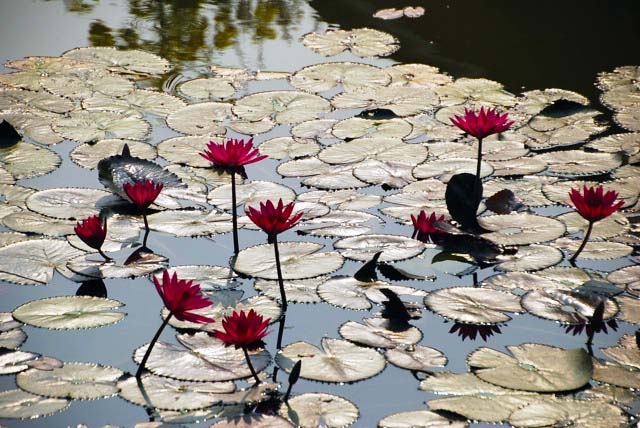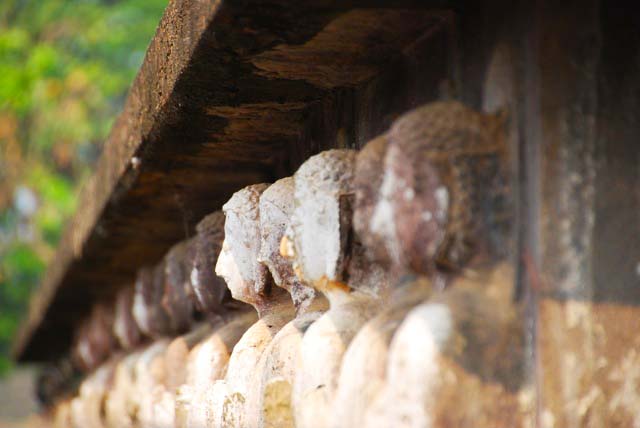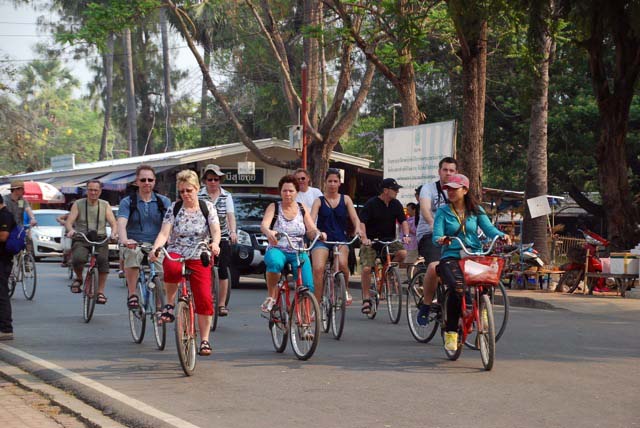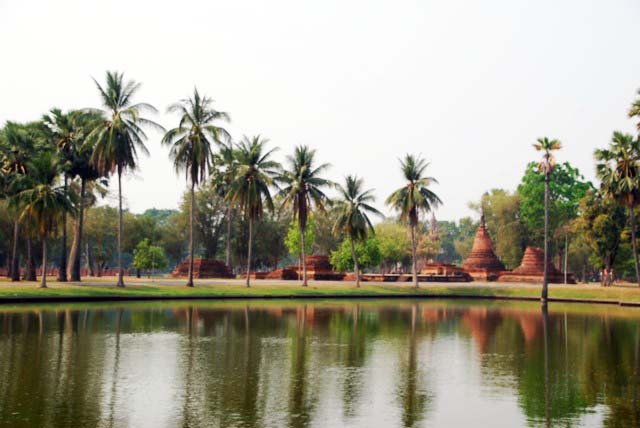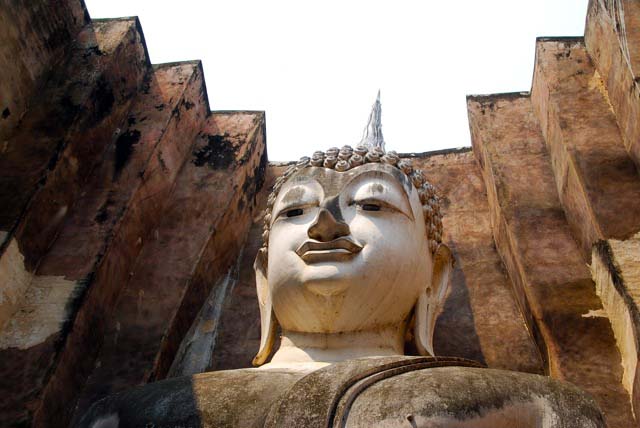Fascinating Sukhothai – Amazing Thailand
Travel writer Julie Miller explore the World Heritage-listed ancient sites of Sukhothai in Central Thailand.
When it comes to historical monuments, Thailand isn’t the first country that comes to mind – Cambodia, perhaps, or maybe Egypt win those honours. But Thailand has two major ancient sites, both World Heritage-listed and well worth the effort of exploring if you are at all interested in history, architecture and culture.
While the old city of Ayutthaya is often visited as a day trip from Bangkok, the original capital Sukhothai in Central Thailand (427 kilometres from Bangkok) is, in my mind, even more impressive, well-preserved, stunningly-beautiful and in an easily-negotiated setting.
Many scholars date Thailand’s ascension as a nation to the Sukhothai period (the mid-13th century to the 14th century). It was during this time that the Thai script was invented, traditions such as Loi Kratong were established, and the north was united with the south in what is known as “the seed of Thai democracy”.
Translating as ‘the dawn of happiness’, the Sukhothai reign waned with the ascension of Ayutthaya in 1378. The ruins that remain at the old city, however, reflect the ‘golden age’ of Thai history, with beautiful ‘lotus bud’ chedis and impressive Buddha statues located in five different zones.
A fun and popular way of exploring the historic park is by bicycle. My visit, however, was during the searing heat prior to Songkran – I was dripping with sweat just walking around, and was grateful for an air-conditioned van to escape to! I recommend planning your visit during the cooler months of November to February – that was you can savour your time there and absorb the tranquillity of the location.
The most spectacular temple within the city walls (which contain the ruins of 26 temples and a royal palace within a 2 x 1.6 sq km area) is Wat Mahathat, featuring a seated Buddha and a rare walking Buddha image as well as several stupas. Another beautiful temple is the smaller Wat Sra Si, which has a Sri Lankan-style chedi surrounded by a reflective moat.
Perhaps my favourite place in Sukhothai, however, is Wat Si Chum, located outside the city walls on a hillside. Inside there is a 15-metre high seated Buddha image known as the Talking Buddha. The story behind this is quite fascinating: in an attempt to buoy his troops, the King used to go behind the statue through a secret tunnel and give an inspirational speech, making them believe that the words were coming from Buddha himself.

